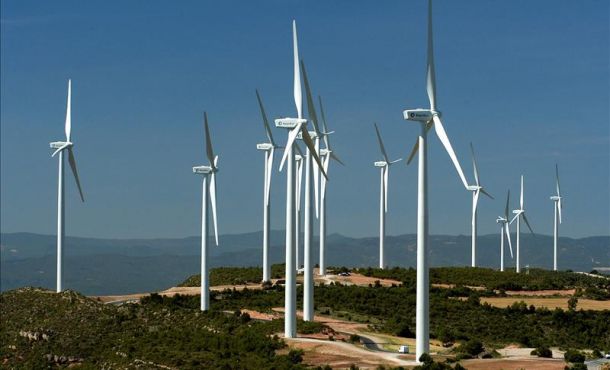The intense work to specify the investments in the La Herradura wind farm, in the north of Las Tunas, was highlighted by Cuban deputies, who visited this place where one of the most important works in the country for the use of renewable sources takes place. of energy.
Santiago Lajes Choy, president of the Industry, Construction and Energy Commission of the National Assembly of People’s Power, highlighted this on Twitter when reporting on the meeting of legislators with specialists and workers who undertake the work, even in the difficult situation that arises. He lives for the impact of the pandemic and the intensification of the US blockade on Cuba.
“As part of the high inspection of the Miconst, the direction of the Industry Commission, together with deputies from Las Tunas, visited the investment of the La Herradura wind farm. In the midst of the pandemic and in complex conditions, there is hard work and think like a country “, refers the message of the deputy, rector of the University of Camagüey.
La Herradura, a splendid spot on the coast of the municipality of Jesús Menéndez, north of this eastern province, will actually host a complex of wind farms La Herradura 1 (LH-1) and La Herradura 2 (LH-2), which in when they are completed and synchronized with the National Electric Power System (SEN), they could contribute up to 101 megawatt-hours.
As recently reported by the ACN, this would stop consuming around 75 thousand tons of fossil fuels in a year, which in turn cancels the expulsion into the atmosphere of considerable volumes of CO2, and will be a significant contribution to the goal announced by Cuba by 2030 to achieve a 24 percent share of these renewable sources in the country’s electricity production (currently it barely reaches 4.5 percent).
Personnel from the Provincial Construction and Assembly Company are in charge of the fundamental tasks, together with other entities in that province and in different territories. The LH-1 will have 34 wind turbines that when fully ready will be able to generate 51 megawatt-hours, while the LH-2 will have 14 less, but with greater power, so that overall it will be able to deliver a similar amount of energy to the SEN.
Engineer Carlos Manuel Quesada Borges, director of that entity, told this press about the complexity of melting the bases and erecting the enormous structures, in addition to other works such as the electrical substation that will transfer the generated energy.
The amount of earth movement as well as the assurance of materials such as concrete and steel and the construction works themselves, almost unprecedented in that territory and the country, give this project an extraordinary relevance in the National Program for the Use of Energy Sources Renewable
A third wind farm would also be among the projections in that area to take advantage of the infrastructure created, and one more will be built in the municipality of Manatí with foreign capital, according to Quesada Borges.
The studies carried out specify that the extensive plains and low vegetation of the region are ideal to take advantage of the trade winds that blow from the Atlantic Ocean along the north coast. According to the Provincial Meteorology Center and other institutions, the existence of sustained air currents of approximately 6.8 meters per second at more than 50 meters of height was confirmed there, which demonstrated the feasibility of the proposal.
In LH-1, each of the 34 wind turbines has a power of 1.5 megawatts (MW), their wind turbines will have a height of 65 meters and have 37-meter blades. In turn, each of the 20 LH-2 equipment will have almost double the power (2.5 MW), with a height of 80 meters and blades of 54 meters.


